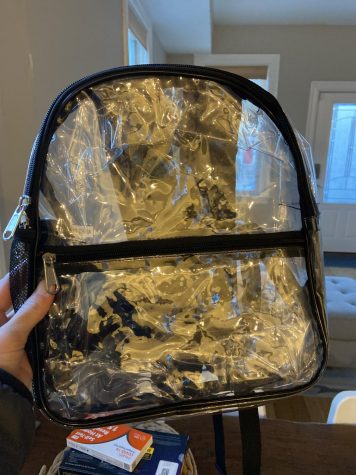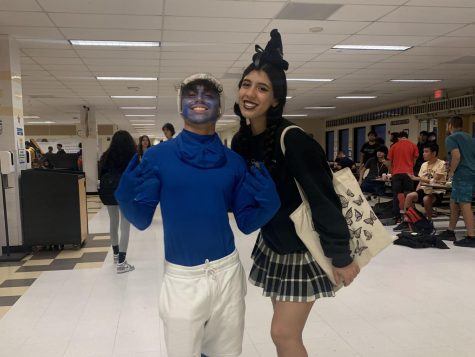Blended Families
Often bickering with his siblings, senior Jaiden Moses lives with his mother and half-brother while his stepfather and three stepbrothers live across the street, which has been the case for the past two years. After getting married, Moses’ mom and stepfather chose to maintain separate residences until all the children were on their own.
“We’re welcome at my stepdad’s house and vice versa. We don’t spend every single holiday together; we have our side [of the family], and they have theirs. Last Christmas, they went to New York, while the rest of my family stayed in Florida. My parents decided that it was cheaper to live in separate homes,” Moses said.
Blended families have many variations, whether it be step-siblings through marriage, adoption or half-siblings who still live in the same household. In each version, there are struggles and upsides that differ from the traditional family.
“With a step family, you feel as if you’re on the outside looking in, not as included and more distant because you’re not their biological child,” senior Kaitlyn Rice said.
At 14 months old, Rice met her stepmom Katie and has lived with her for the majority of her life. When a new baby is born into a blended family, it sometimes results in the division of the parents’ attention.
“I look at her as a motherly figure,” Rice said. Before her stepmother gave birth to her siblings, Rice had more time with her stepmother. “Katie, my stepmom, would do everything with me, but when my younger sister was born, we stopped doing little things that we always did.”
Junior Cristina Gonzales met her stepdad at five years old.
“I hold my [biological] father and stepfather at the same level. I consider my step father a strong father figure; he raised me.”
Gonzales’ stepsiblings both live in Venezuela. Five years ago she met her stepbrother and she’s seen her stepsister once on Skype.
“It took some time for us to adjust [to a new dad] but my stepdad was very patient,” Gonzales said.
Situated in a less intricate blended family, senior Jada-lee Francis explained her blended family.
“There is a difference [in the relationship with my mom and stepmom]. I don’t have [the same] connection with her like I would have with my mom,” Francis said.
Francis says they get along, saying they respect each other’s space. Last year, she reunited with her older siblings; an older sister 23, a 21-year-old brother, and a 20-year-old sister. At the age of 4 years old, all her siblings migrated to the States while she lived in Jamaica. She and her brother get along well while she and her sister are still trying to get used to each other.
“There is [a different love] from my stepmom; those are her kids [and] I don’t want her to love us equally. I wouldn’t want my mother to have that mentality,” Francis said.
July of last year is when Francis started living with her step siblings and stepmom. “The worst part was that nobody knew me. Basically I had to let them get to know me from scratch.” So far, she likes that they respect her space.
Moses can identify with Francis’ predicament.
“There’s a certain level of comfort between my stepbrothers. I know my biological brother more than my other brothers know him,” Moses said.
At 8 years old, Moses met both of his step-brothers.
“My mother acted [differently] when my step-brothers came around. My biological brother and I got in a lot more trouble,” he said.
Moses said with more boys around, they were always separated because together they were “a train wreck.”
“I see my stepdad as more of a father figure; he provides and he’s a good parent,” Moses said. “There were minor arguments when we all first met, just brotherly stuff. I look up to my second oldest brother. He seems like the only brother to have a solid plan for his future.”








